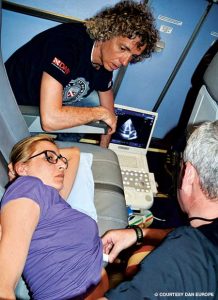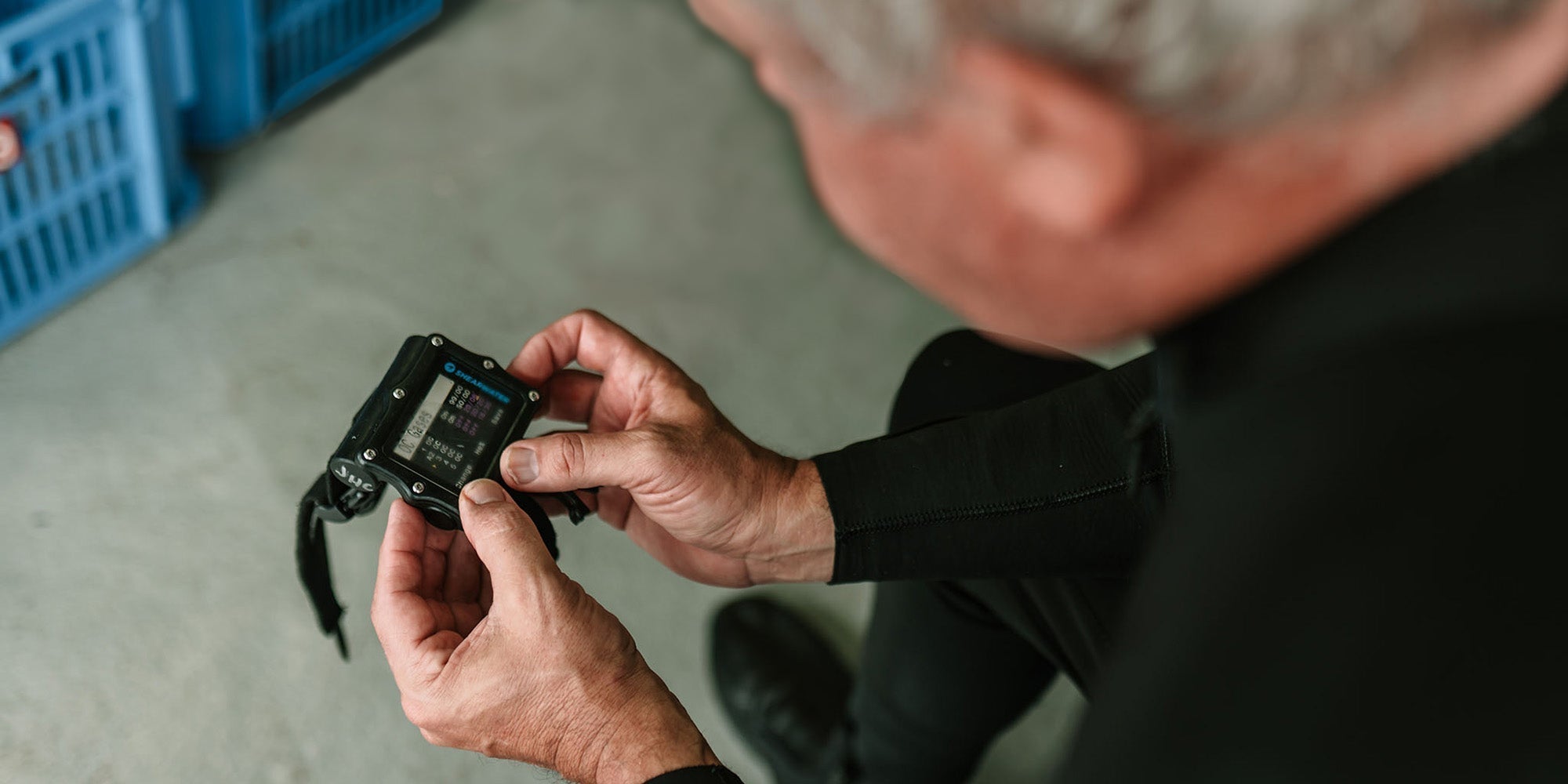At Shearwater, we place a high value in the work being done by the scientific community relating to diving and decompression theory. We do our best to keep on top of what is going on in diving research. A recent article in Divers Alert Network brings some new data to the discussion of flying after diving.
We are often asked why our computers do not display a “Time to Fly.” It’s a good question. Many people think it’s a simple calculation based on the theoretical tissue loading that we have to store to calculate decompression status.
When we looked to Divers Alert Network for advice, here is what we found:
Revised Flying After Diving Guidelines for Recreational Diving - May 2002
The following guidelines are the consensus of attendees at the 2002 Flying After Diving Workshop. They apply to air dives followed by flights at cabin altitudes of 2,000 to 8,000 feet (610 to 2,438 meters) for divers who do not have symptoms of decompression sickness (DCS). The recommended preflight surface intervals do not guarantee avoidance of DCS. Longer surface intervals will reduce DCS risk further.
* For a single no-decompression dive, a minimum preflight surface interval of 12 hours is suggested.* For multiple dives per day or multiple days of diving, a minimum preflight surface interval of 18 hours is suggested.
* For dives requiring decompression stops, there is little evidence on which to base a recommendation and a preflight surface interval substantially longer than 18 hours appears prudent.

Massimo Pieri observes while Danilo Cialoni uses ultrasound in a research subject’s heart during flight. (from Alert Diver Online)
These recommendations aren’t calculations based on the theoretical tissue load. They are based on the type and duration of the diving activity, and a key factor that the computer can’t know – does the diver have symptoms of DCS. We have chosen not to reduce these recommendations to a calculation and we ask our customers to evaluate their situation and use an appropriate preflight surface interval.
In the Spring 2015 issue of Alert Diver, Dr. Petar Denoble reviewed some current research and asks whether the recommendations should be reviewed. This research appears to be the first in-flight study of real-life dive exposures.
In the article, there were two insights that I found interesting. The first was that in some of the subjects, bubbles were consistently detected on fairly typical recreational dives. The second was that bubbles were detected on some of these same divers during a flight even after waiting 24 hours before flying after multiple days of no-decompression diving.
Dr. Denoble concludes, “Current guidelines recommend minimum preflight surface intervals before flying on commercial aircraft. To be on the safe side, it is always better to wait longer. This study has shown that a 24-hour interval is probably safe, but the 18-hour interval may deserve another look. We hope this group will continue their research and provide more data to increase our confidence in answering these important questions.”






